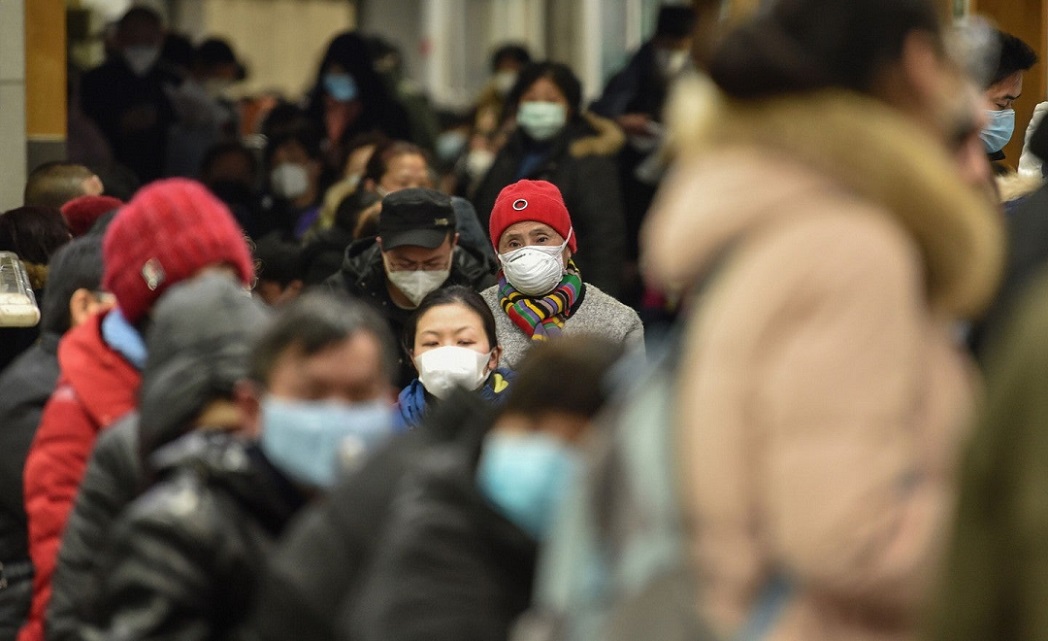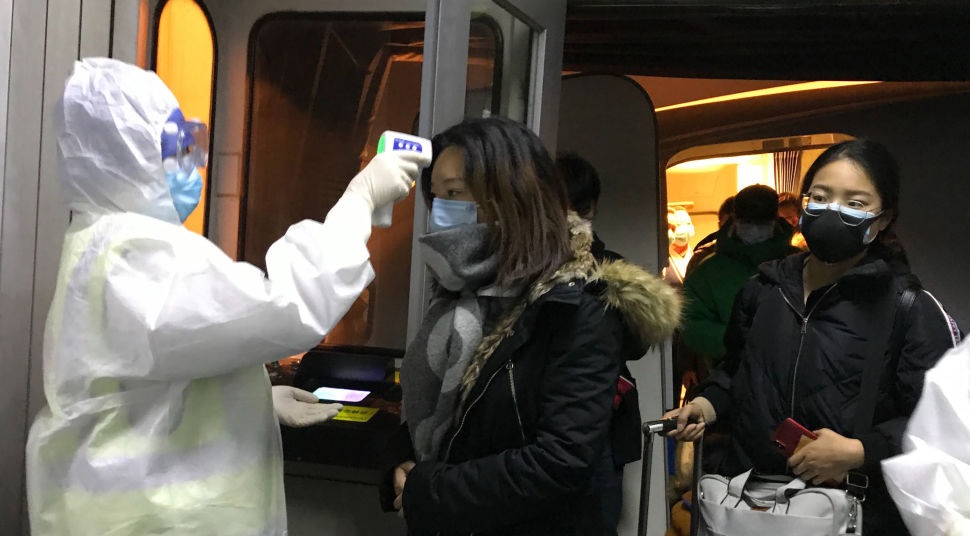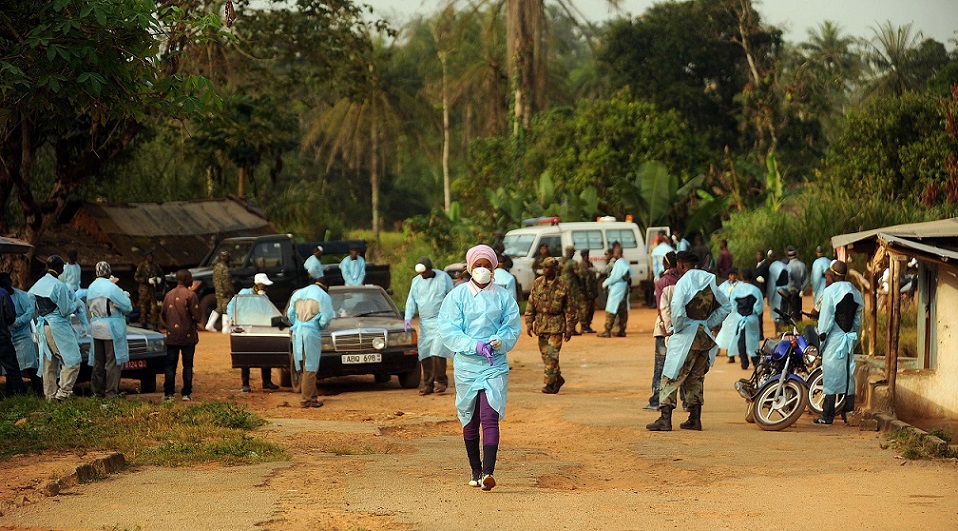
The number of deaths from coronavirus in China has increasedalready to 54, and the number of infected exceeded 1600. More than 12 cities are quarantined and the situation is not improving. All forces have been thrown into the fight against the dangerous virus, including advanced technologies.
Artificial Intelligence sounded the alarm December 31
BlueDot monitoring platform running onartificial intelligence, predicted the outbreak of the 2019-nCov virus on December 31. The World Health Organization made an official statement only 9 days later. BlueDot was able to identify the danger thanks tochecking massive data on animal diseaseswith information on airline ticket sales. The platform also predicted an outbreak of the virus in Thailand and Japan. At the moment, the third case of the disease has been recorded in Japan, and the seventh in Thailand.
BlueDot algorithm does not use data fromSocial media posts because they are too messy and unreliable. The algorithm turned out to be correct and even predicted the direction of the spread of the virus: Wuhan - Bangkok - Seoul ‒ Taipei - Tokyo.
BlueDot was launched in 2014 and has attractedventure funding in the amount of $9.4 million. At the moment, the company has 40 employees, including doctors and programmers. The programmers' job is to develop natural language processing and machine learning methods that will allow them to monitor news in 65 languages, combined with processing airline ticket information and reports of animal disease outbreaks. However, after automated data selection comes the turn of human analysis, to which epidemiologists are involved.
BlueDot reports are sent to public health officials in more than 12 countries, as well as to airlines and hospitals where infected patients may be exposed.

History doesn't teach
The creation of the BlueDot algorithm began in 2003,when future company founder Kamran Khan worked as an infectious disease specialist at a Toronto hospital during the SARS epidemic. The virus then spread from Hong Kong to Toronto, where it caused the death of 44 people. Now Khan is experiencing déjà vu: “In 2003, I watched a virus take over the city and kill people. Let's not do this again."
Twelve years ago, Google already launched the service,which detected influenza outbreaks using people’s search queries. The swine flu pandemic in 2009 was identified by the service 2 weeks before the official announcement by US health officials. However, Google has constantly overestimated the area of spread of influenza, so research results were released much later.
Science Researcher at the University of Glasgow DanielStraker argues that AI is better than other tools at collecting data on people's movements based on transport and airline traffic. Various private and public companies have been engaged in similar activities for a long time.
In Seattle, artificial intelligence was used tohigh-quality simulation of Ebola outbreaks, while the Harvard School of Public Health uses AI in Bangladesh, processing mobile network data to monitor travelers and predict locations for potential foci of disease.
Similar activities are carried out at Johns Hopkins University, where Twitter data is used to collect information about dangerous foci of the spread of the disease.

How to apply technology to detect coronavirus
Despite the clear benefits of AI in forecastingdisease outbreaks, Straker also notes that AI systems are still not accurate enough: “The problem with coronavirus in China is that we don’t have validated models that can tell us for sure whether our predictions make sense.” The next step in the use of AI should be to link diseases to specific individuals using social networks and mobile data, but this step already raises ethical questions.
In China, the government uses AI for controlpopulation and restricting access to certain services based on their “trust” indicator, which could easily turn into an automatic quarantine system. A tool to identify sick people and prevent them from traveling would be very useful, but the problem is that the system may be wrong or biased against certain classes of people.
Dr. Streaker argues that it is necessary to develop AI that will be able to accurately model disease outbreaks at an individual level and only then can this system be applied in practice.



